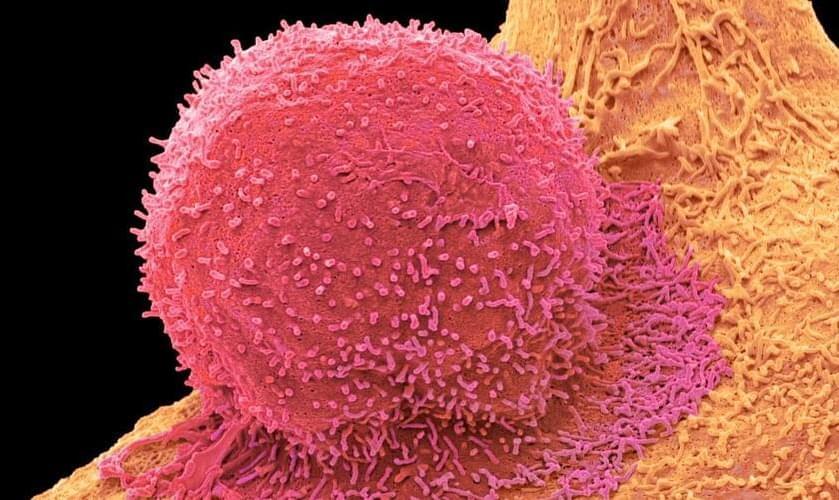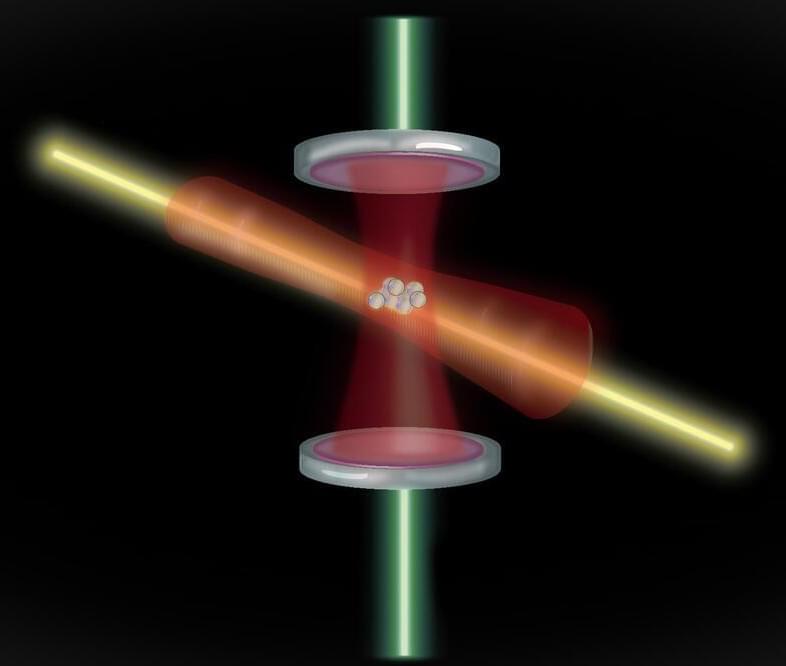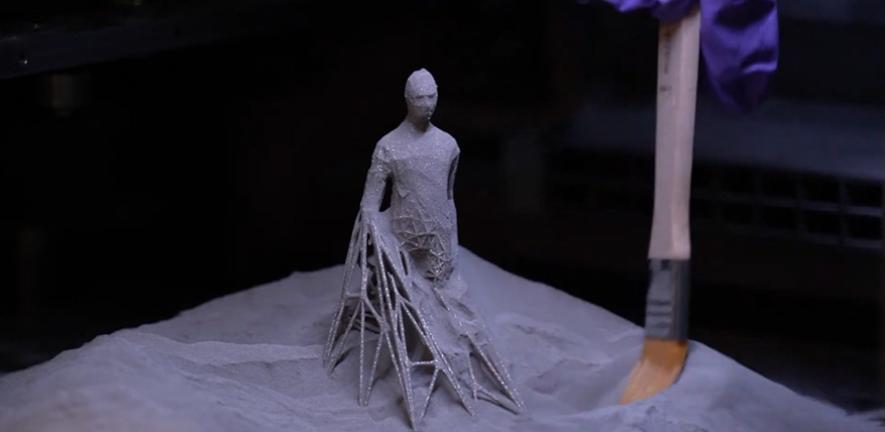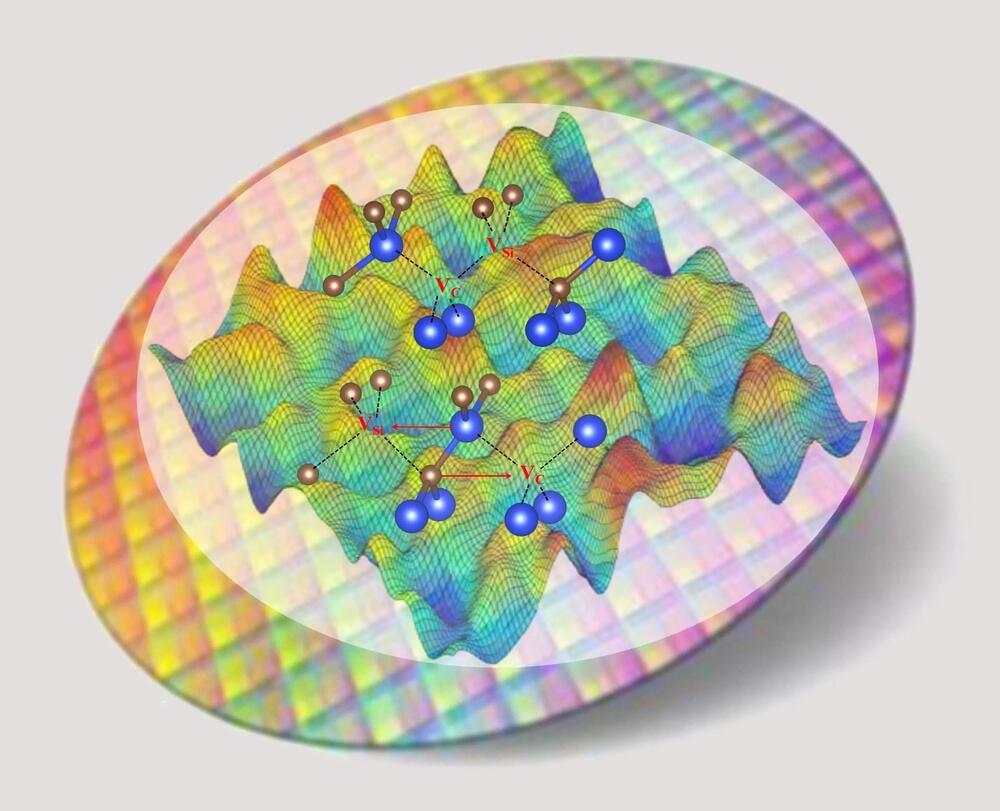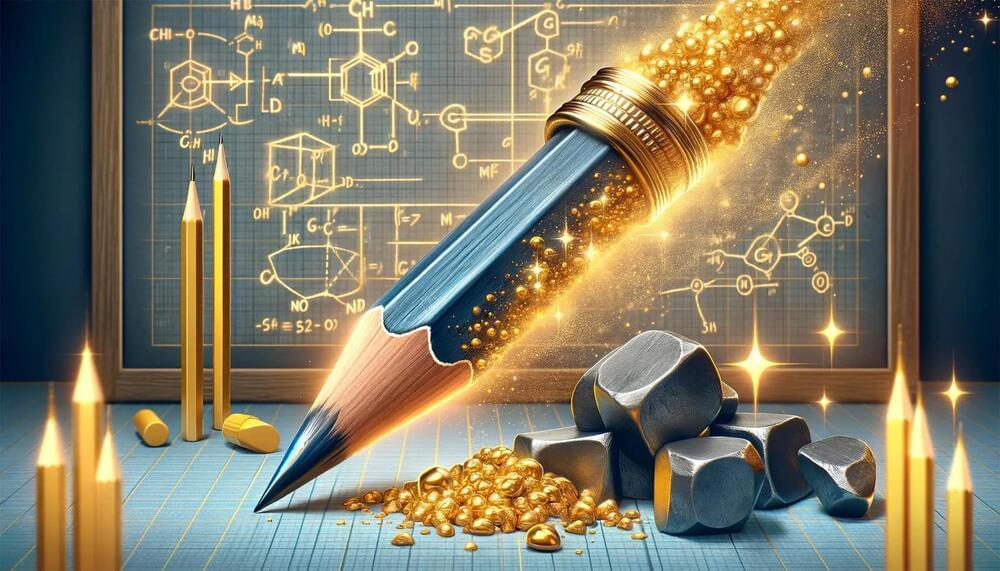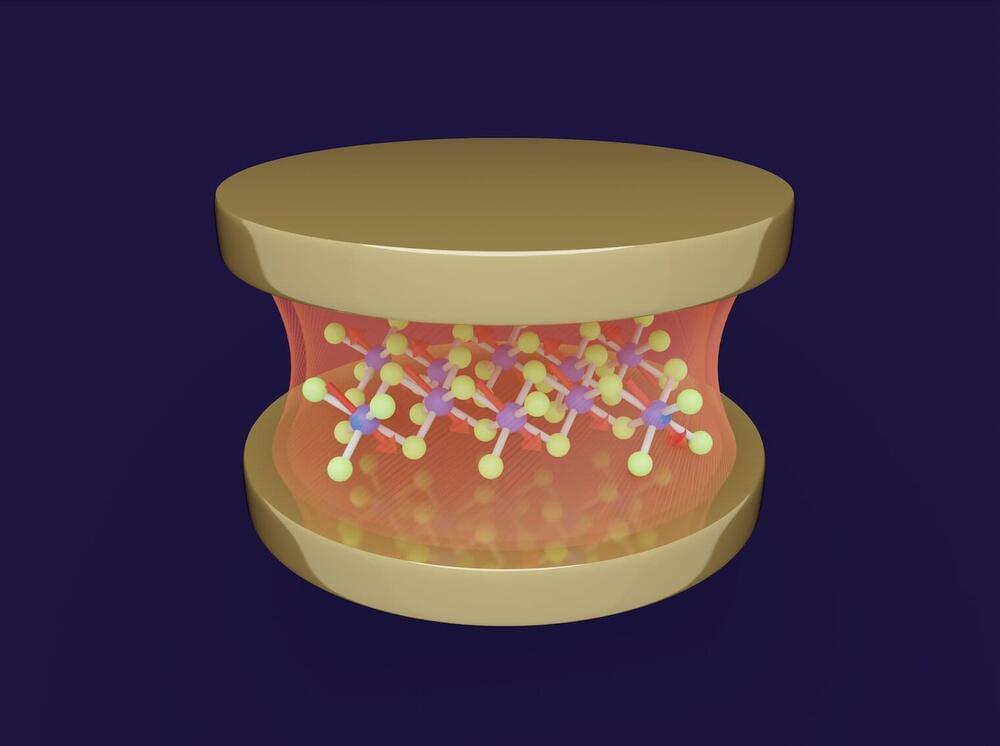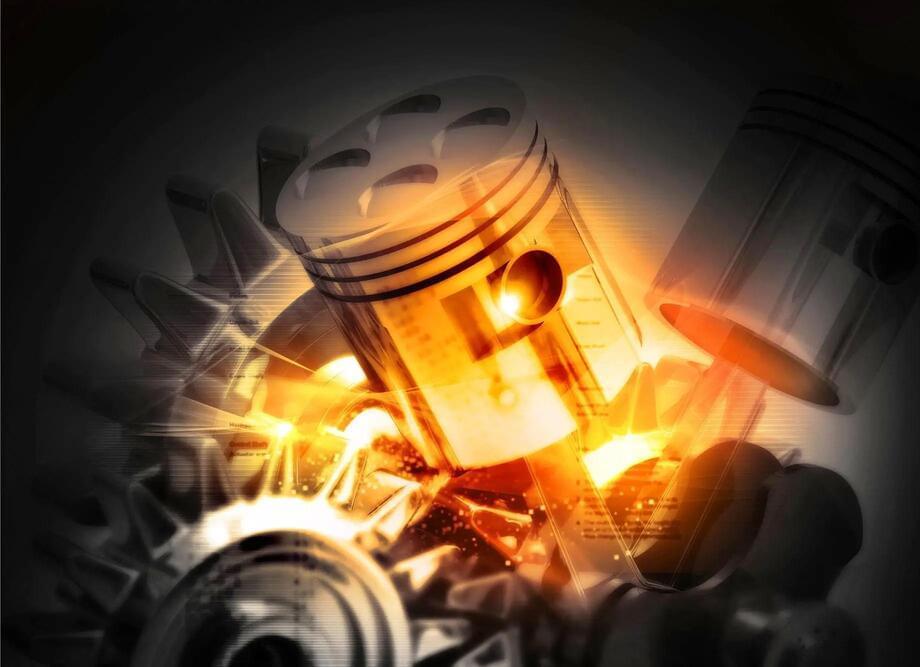The most powerful telescope ever built.
The James Webb Space Telescope (JWST) is a space telescope that has been designed to study the universe in infrared light. It is the largest and most powerful telescope ever built, and it is the successor to the Hubble Space Telescope.
JWST was launched on December 25, 2021, and it is now operational. The telescope is located at the second Lagrange point (L2) of the Sun-Earth system, which is about 1.5 million kilometers (930,000 miles) from Earth.
#jameswebbspacetelescope.
#mostpowerfultelescope.
#infraredphotography.
#cosmicexploration.
#galaxies.
#exoplanets.
#habitableplanets.
#habitablezone.
#scientificbreakthroughs.
#technologicaladvancements.
#engineeringmarvels.
#nasa.
#esa.
#csa
